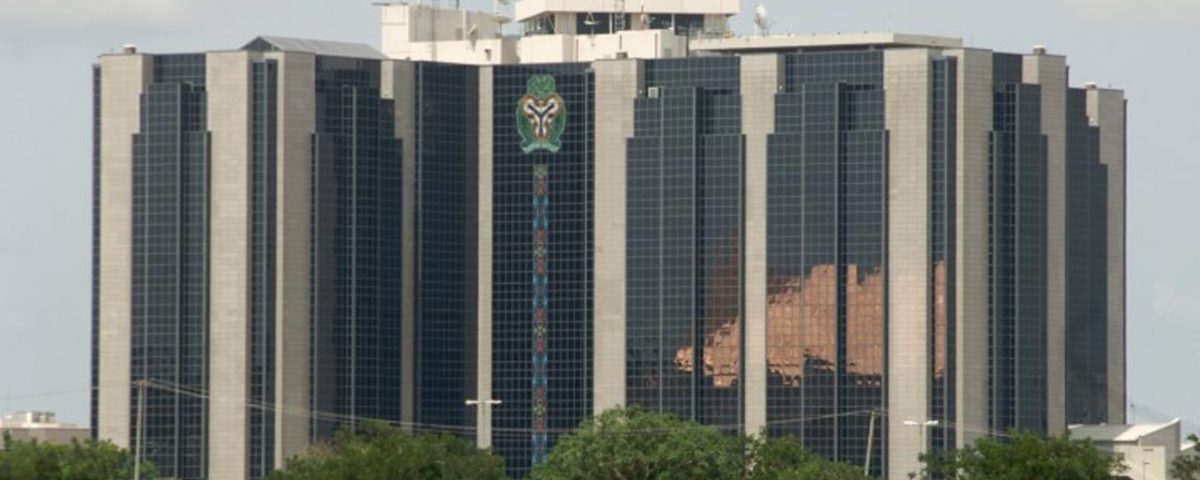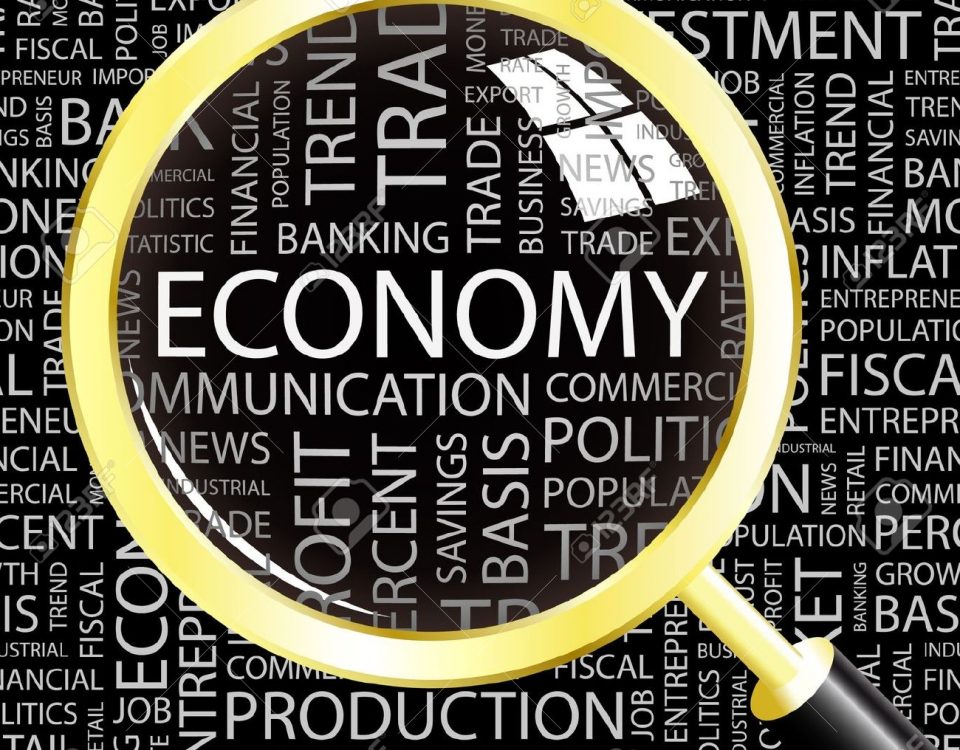Nigeria Update: Impact of the investors’, exporters’ window

Nigeria Update: Stock market indices defy profit taking, up by 5.1%
January 22, 2018
Africa Update: Bharti Airtel Africa’s revenue rises by 5.3%
January 22, 2018
The impact of the Investors’ and Exporters’ (I&E) FX Window, created by the Central Bank of Nigeria (CBN), on both the FX market and stock market has been positive and magical, which demonstrates how innovative financing ideas can generate energetic inflows into the financial system and economy towards spurring growth.
Innovation, the core of entrepreneurship, is one of the four major factors necessary for economic growth and transformation; others being, infrastructure, education and technology.
Economies that fail to transform themselves will fall off the path of growth, as noted by Peter Howitt. The Nigerian economy fell off the path of growth in 2016. As a mono-product economy which has been factor-driven for 57 years, the economy is more prone to shocks in a globalized economy with changing perspectives.
The Nigerian economy need to be diversified, with more innovative monetary and fiscal policies, financial products, and a greater tilt to a market-based financing system, in addition to other innovative ideas that could spring from deep systems thinking and powered by technology to engender growth and rapid transformation.
The I&E Window was established in April 2017, ‘’to boost liquidity in the FX market and ensure timely execution and settlement for eligible transactions as stipulated by CBN. The operating modality is on a willing buyer, willing seller basis. The exchange rates of the transactions are as agreed between Authourized Dealers and their counterparties, which engender transparency and liquidity.
Eligible transactions to access the Window are, Invisible Transactions (excluding International Airlines Ticket Sales Remittances), Bills for Collection, and Any other trade-related payment obligations(at the instance of the customer). The Invisible Transactions include, capital repatriation, loan repayments, loan interest payment, dividends/income remittances and consultancy fees.
Others are, soft ware subscription fees, technology transfer agreement agreements, personal home remittances and other such other eligible invisible transactions including ‘Miscellaneous Payments’ as detailed under Memorandum of the CBN Foreign Exchange Manual.
The permitted Invisible Transactions and Bill for Collection are eligible to purchase US Dollars sourced from CBN FX Window to Secondary Market Intervention Sales(SMIS) Wholesale(Spot and Forwards) only.
In a circular, dated April 25, 2017, CBN noted that, ‘’supply of foreign currency to the Window shall be through portfolio investors, exporters, Authourized Dealers and other parties with foreign currency to exchange Naira. The CBN shall also be a market participant at this Window to promote liquidity and professional market conduct.’’
Prior to the establishment of the Window, the economy had cooled off and plunged into recession in August 2016, when the National Bureau of Statistics (NBS) reported that GDP dipped by 2.06 per cent for the second quarter in 2016. Recession is characterised by business cycle contraction and general slowdown of economic activities with drop in outputs, rising unemployment and more borrowing by government.
Major factors that contribute to the recession include a drastic fall in global oil price, depletion of external reserves and flight of foreign investors. As a result, dollar became scarce and many factories either shut down completely or operated at suboptimal capacity. The development triggered a gale of downsizing across subsectors of the economy, including banks. And, in turn, dollar scarcity fuelled massive speculative trading on the green back, which contributed to plunged Naira to an all time low of N590/$1.
The establishment of I&E Window offered a panacea in the maze. In six months of its establishment, between May and October, 2017, the Window, reportedly attracted an inflow of $10 billion, and $20 billion to date. The Window reenergized the FX Market and production and the PMI has since been looking up, steadily.
CBN has continued to sustain dollar supply on the back of increasing external reserves which increased to $33 billion in October, 2017, from $23 billion in October 2016, and is projected to hit $40 billion in 2018.
The impact of theI&E Window also resonated at the stock market. In a typical demonstration of its intrinsic nature as an information-driven market, the stock market reacted positively and powerfully even ahead of the establishment of the Window.
The market, which, reportedly, had been bearish for five days became bullish on the news of the pending establishment of the Window, and wiped off a seven day trading loss with an additional traded value of N294 billion across all sectors.
Stakeholders have commended the positive impact of the Window on the economy. The Lagos Chamber of Commerce (LCCI), in its Q3 review of the economy, noted that, ‘’CBN has been consistent in its intervention in the FX market. This has helped to reduce exchange rate volatility over the last two quarters.
With the intervention, we have seen improved liquidity of forex and stability of naira against the dollar. Confidence is gradually returning to the market and we hope that this would be sustained.’’
And, in a report released in October, 2017, the World Bank, noted that ‘’government must sustain the regime of the free flow of foreign exchange into the economy through the newly established Investors’ and Exporters’ Window, which has helped to resolve the challenges of foreign exchange scarcity with flows into the economy through the Window in excess of $7 billion.’’
The economy exited recession in Q2, 2017, with a fragile growth of 0.55 per cent, Year-on- Year in real terms, which is 2.04 per cent higher than the corresponding quarter in 2016(-1.49 per cent). The World Bank noted that the recovery was on the back of improving global conditions, including surging capital flows and rising energy.
On the outlook, the Bank projected that the Nigerian economy would grow at a modest rate of one per cent in 2018, and South Africa by 1.5 per cent, against Sub-Saharan Africa’s estimate of 3.2 per cent in 2018 and 3.5 per cent in 2019.

